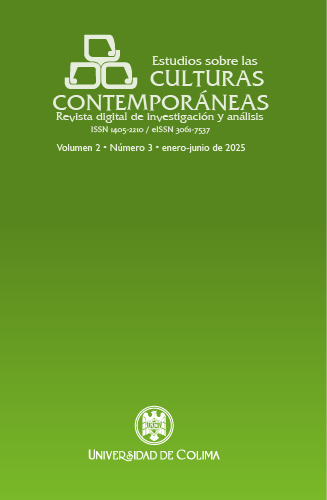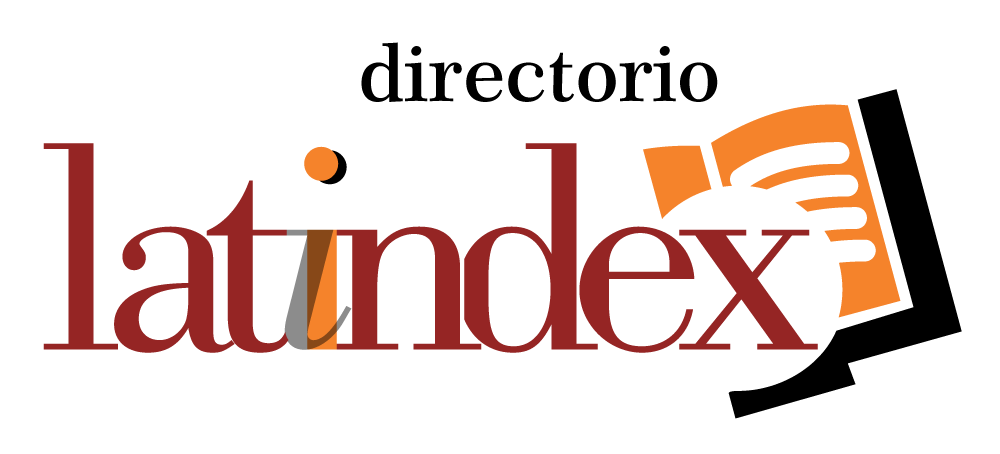Alternate Societies and Spaces for Dialogue
DOI:
https://doi.org/10.53897/RevESCC.2025.3.11Keywords:
dialogue, culture, recognition, interculturality, alternativeAbstract
The book Alternate Societies and Spaces for Dialogue is presented as an exercise in “searches for the alternative, the new, the original in communicative frameworks” (Ochoa, Fabre and Gómez, 2020, p. 2) and is structured in four sections that bring together eighteen chapters, which are accompanied by an introduction titled “The intertext and its articulations” by the coordinators; and an introduction titled “The intertext and its articulations” by the coordinators (Ochoa, Fabre and Gómez, 2020, p. 2). its articulations” by the coordinators; which fulfills the basic function of presenting the the themes addressed in the collected texts. of the texts gathered.
Downloads
Metrics
References
Huntington, S. P. (1997). El choque de civilizaciones y la reconfiguración del orden mundial, Barcelona, Paidós.
Huntington, S. P. (2004). ¿Quiénes somos? Desafíos de la identidad nacional estadounidense, Barcelona, Paidós.
Published
How to Cite
Issue
Section
Categories
License
Copyright (c) 2024 Luis Rodríguez Castillo

This work is licensed under a Creative Commons Attribution-NonCommercial-ShareAlike 4.0 International License.
Estudios sobre las Culturas Contemporáneas permite distribuir, remezclar, adaptar y crear a partir del material en cualquier medio o formato, únicamente con fines no comerciales y siempre que se le dé crédito al creador. Si remezcla, adapta o crea a partir del material, debe licenciar el material modificado bajo términos idénticos. CC BY-NC-SA, incluyendo los siguientes elementos:
BY: se debe dar crédito al creador.
NC: Solo se permiten usos no comerciales de la obra.
SA: Las adaptaciones deben compartirse bajo los mismos términos.









